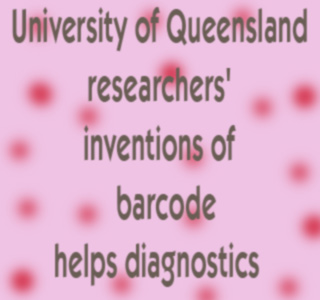
Dr. Krassen Dimitrov, of UQ’s Australian Institute for Bioengineering & Nanotechnology, has created fluorescent “barcodes†known as nanostrings, which have higher sensitivity and accurateness compared to the recent detection methods.
Dr. Dimitrov said nanostrings tend to unite RNA molecules for digital gene expression analysis. “Because this system can count the exact number of biomolecules present we can get an extremely accurate and sensitive picture of gene expression at a particular point in time,” Dr. Dimitrov said.
“This quantitative data is superior to other gene expression systems such as microarrays, which rely on the analogue measurement of fluorescence and therefore are less accurate and have a limited range.â€
“The nanostring is an important technological development in both clinical and research settings. We will be able to more accurately detect molecules associated with particular diseases and in the research arena, we will be able to identify new molecules associated with diseases and trace these back to the genes responsible.”
This technology is being supported on a non-enzymatic process which lowers the rates of biases and is strong in various conditions.
Dr. Dimitrov is now researching further on the new nano-barcodes which would then reduce the cost and develop sensitivity and usability. Dr. Dimitrov, in 2003, founded a company in Seattle that has commercialized this technology.
The research has already been published in the journal Nature Biotechnology.
